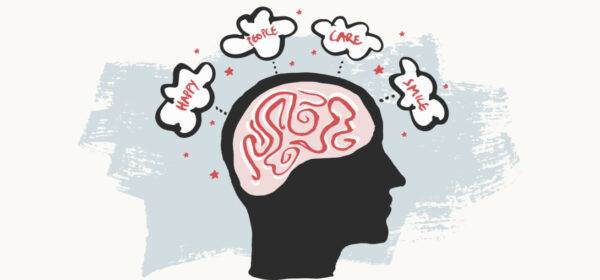Let’s start with the primitive brain;
It is 500 million years old. The process of evaluating information is fast but limited. There is no cognitive thinking, reading or writing. There is very simple math, alertness, intuition, acting on emotions and managing short-acting movements. It can only manage the present time. The level of consciousness is low. Control capacity is low.
As for the New Brain;
It is 5 million years old. It evaluates information slowly but intelligently. There is reading, thinking and writing. It has complex math, prediction, risk assessment, approval of actions. It is cognitive. Time perception is past, present and future. The level of consciousness is high. Control capacity is medium-high.
SO WHAT DOES OUR BRAIN LIKE?
While each area of our brain has different characteristics, the reflections of these areas on people’s emotions and behaviors also differ. Did you know that the left brain likes laws, the right brain likes authority and the forebrain likes people?
It is a myth that you only use 10 percent of your brain. (Yes, even when you sleep.) Neuroscience studies confirm that your brain is always active.
The human brain can generate about 23 watts (enough to power a light bulb). All this power requires a much-needed rest. Adequate sleep helps maintain the pathways in your brain. In addition, sleep deprivation can increase the buildup of a protein in your brain linked to Alzheimer’s disease.
Learning new things increases gray matter in the brain. The new information we learn makes new connections between neurons in our brain, which then increases the visible gray matter in our brain.
Emotions can change our brain chemistry. The chemical reactions triggered by emotions can be physically seen in fMRI scans and gray matter studies.
On average, we produce 50,000-70,000 thoughts a day. Sadly, the majority of thoughts (estimated 60-70 percent) are negative. We can learn to manage our mind. How to meditate? Advanced meditation techniques can lead to permanent changes in our mindset. It is possible to learn to think positively.
The human brain always tries to return a favor. This is not just etiquette – the “reciprocity rule” shows that we are programmed to help someone who helps us. This feature of our brains has probably evolved over time, because people need to help each other to keep society running smoothly.
About 95% of the decisions are unconscious made. That is, we make decisions without knowing what we are doing, why we are doing it, relying on our past experiences, without analyzing them in detail. This means that the vast majority of our actions and behaviors happen because of our brain activity, beyond our conscious awareness.
Our favorite topic is talking about ourselves. Don’t blame anyone for talking about themselves. Talking about oneself is the way one’s brain is wired. According to a Harvard study, our brain’s reward centers light up more when we talk about ourselves than when we talk about others.
Our brain loves simplicity. If you want people to understand and believe you, use simple language and repeat it. Remember that familiarity increases liking.
Narrativize your statements. The brain likes storytelling and initiates empathy.
REMEMBER:
“We are not thinking machines that feel, we are feeling machines that think” Antonio Demassio
Source: Dr. Bora Küçükyazıcı
Brain Center
Simin Demiriş









